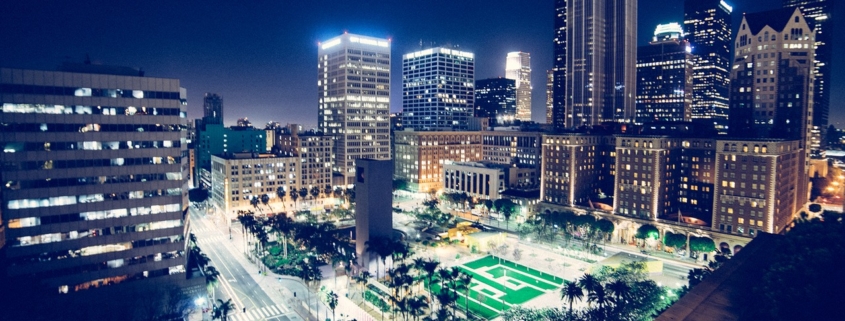Local Hackathon Highlights San Diego Status as One of World’s Smart Cities
In 2015, National Geographic featured San Diego as one of the “World’s Smart Cities”. In 2015,that made San Diego the only Smart City featured in North America. While today there are emerging challengers that include Austin, Portland, Columbus, Denver, and San Francisco, San Diego remains at the forefront of leading innovations that improve the city we live in.
One example of this was last week’s Smart City Hackathon held in conjunction with San Diego Startup Week. Hosted by Cleantech San Diego, CyberTECH, City of San Diego, General Electric, AT&T, and Intel, the hackathon gave entrepreneurs and developers free access to CityIQ’s real-world datasets, Intelligent Cities APIs, engineering support, developer resources, and the opportunity to explore how an application using real-time data from the thousands of CityIQ nodes throughout the City of San Diego will help solve problems with traffic, parking, public safety, urban planning, and environmental challenges.

Earlier this year, GE Current, Intel, and AT&T announced that 3,200 intelligent nodes are being placed on streetlights throughout the City of San Diego, powered by GE’s CityIQ™. This makes San Diego one of the first large scale deployments of “smart city” tools. The goal is to make the
city a safer and smarter place, monitoring traffic and pinpointing crime.
GE Current is the $1B Energy Services Company launched by GE in late 2015. Current combines GE’s commercial and industrial LED lighting, solar, energy storage and electricvehicle business with the predictive analytics of the Predix industrial internet platform to solve complex energy problems.
Developers received quick presentations and code samples, food to them going throughout the night at CyberTECH’s NEST CoWork space in Hackers Hill, and tons of juice and caffeine to stay awake.
Many hackers brought together teams in advance, attending the pre-workshop to get a jump on thinking about their ideas. Other developers sought teams to collaborate on ideas. Throughout the night, they experimented, whiteboarded ideas, and took the occasional cat nap.
By 10:30 am the next morning, all coding stopped, presentations were put together, and judging began. Each team had three minutes to present and demonstrate their idea. The judging team, consisted of:
- Kiva Allgood, Managing Director, GE Ventures
- Maksim Pecherskiy, Chief Data Officer, City of San Diego
- Austin Ashe, General Manager, Intelligent Cities, GE Current
- Jason Anderson, President & CEO, Cleantech San Diego
- Eric Green, Sr. Program Manager, IoT, AT&T
- Ace Sklar, Security Engineer
Apps were judged based on:
- Ability to clearly articulate what the app does
- Originality of idea
- Technically creative and/or challenging implementation
- Applicability to the City of San Diego’s unique challenge
Deciding wasn’t easy as the ideas presented to make San Diego a better place were innovative and took advantage of the excellent resources that the sponsors provided. The winners were:
First Place :Dream Biz – Created an app to help business owners find the ideal location for their store front
Second Place :See Things – Created an app to help report possible drunk drivers
Third Place :Park A – Created a parking optimization app
The San Diego Smart City Hackathon truly showcased San Diego’s continuing status as a leading smart city, and the ongoing collaboration among organizations, technology providers and entrepreneurs that keep us on that edge.

